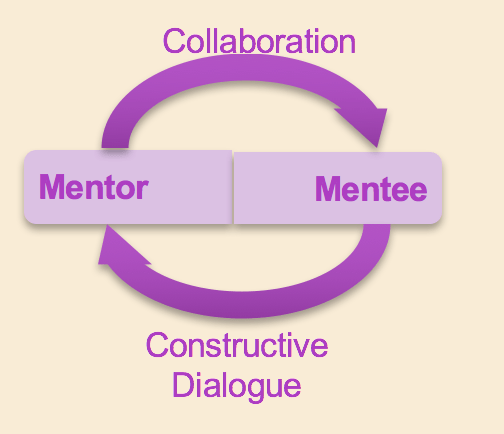Technology Enhanced Learning Mentoring Support- TELMS
For the past 4 years, I have worked as a TEL mentor in the City of Dublin Education and Training Board. The main goal of our mentoring process is to enhance the learning and teaching experience for both teachers and their students. It all started out with an Erasmus+ project known as TELMS: Technology Enhanced Learning Mentoring Support that myself and another teacher from Pearse College of Further Education, Suzanne Yarker, took part on with H2, our Curriculum Development Unit and the Psychological Service in CDETB. The project was to mentor other FET teachers in our colleges and centres in using TEL in their classrooms.
Where did it all start?
The original model hails from SERC in Bangor and is inspired by Japanese Lesson study. It is underpinned by the very simple and basic idea that if we want to improve our own instruction, as educators, what better way to do that than alongside another professional? It focuses on the educator (mentee) bringing their own pressing needs regarding an area of concern in their classroom to the collaborative, problem solving process that occurs with the mentor. SERC have been implementing their mentoring model for several years and have been able to substantiate its success and its value in providing support for teachers as they engage in professional development. It was the impressive retention rates among the students and the experience of the teachers who had been mentored that encouraged us when trialling their model in the CDETB.
What’s so good about TELMS anyway?
The key thing for me is that this is not about the TEL tool. Back to starting with Why?! It is about the acknowledgement that learning is messy and is individual, both for our learners, and for us as learners. Therefore, teaching (or learning) the same topic or chunk of information happens in many ways for each of us. The TEL mentoring model embraces this and helps our mentees to appreciate the importance of identifying the “thing” we need to tackle in our classrooms, whether it is engagement, representation, action and expression, challenging our learners…….. the Why. The best course of action and choice of approach. Once we understand this, then we can engage with a tool (or method or approach) that will help us to get the learners on-board. After all, technology moves so fast, the “best tool” for tackling an issue today could be replaced by a “better tool” tomorrow. However, if we understand the processes involved in learning, and we know the needs of the learner, then we can respond in a flexible manner and change and adapt our tools accordingly.

The mentoring model involves several stages and is grounded deeply in Bordin’s Working Alliance theory (1979). The mentor and the mentee identify the goal that they want to reach; they set a few tasks that will enable them to reach that goal and they form a solid bond, rooted in honesty, collaboration and regular discussion. It encompasses many other theoretical underpinnings but essentially, the focus is on the pedagogy and the supportive relationship between mentor and mentee. It involves the modelling of bravery, vulnerability, innovation and creativity both in the training that the mentee receives and in the classroom teaching sessions, which are an integral part of the model.
What has TELMS given to me?
As a teacher who has traditionally worked predominantly with students experiencing barriers to learning, being a TEL mentor has provided me with an incredible opportunity to support other practitioners in making their classroom a universally designed, accessible, inclusive, equitable, engaging and fun space. I’ve collaborated with and learned lots from each mentee and the learners I’ve met along this journey, for which I am very grateful. I’ve also had the pleasure of building an amazing working relationship with my fellow master mentor, Suzanne. In the context of Ashley’s last post on building your PLN- my wonderful colleagues- our fellow TELMS mentors in the CDETB- have been an incredible support and keep me (and all their mentees!) on the cutting edge! My mentoring is currently on pause as I work in a different role, but I remain closely connected with all of our mentors and apprentice mentors who continue to inspire and motivate me.
